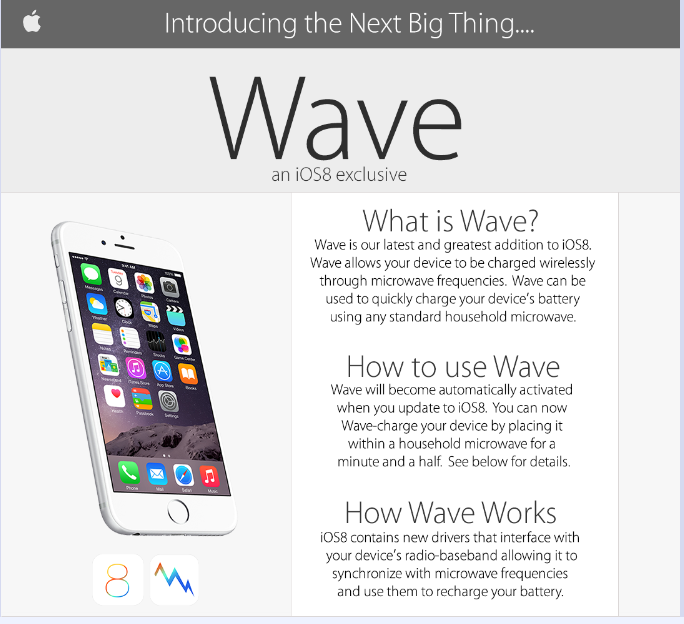I2P is an anonymizing network, offering a simple layer that identity-sensitive applications can use to securely communicate. All data is wrapped with several layers of encryption, and the network is both distributed and dynamic, with no trusted parties. This is the source code release version.
Monthly Archives: September 2014
Suricata IDPE 2.0.4
Suricata is a network intrusion detection and prevention engine developed by the Open Information Security Foundation and its supporting vendors. The engine is multi-threaded and has native IPv6 support. It’s capable of loading existing Snort rules and signatures and supports the Barnyard and Barnyard2 tools.
Lynis Auditing Tool 1.6.2
Lynis is an auditing tool for Unix (specialists). It scans the system and available software to detect security issues. Beside security related information it will also scan for general system information, installed packages and configuration mistakes. This software aims in assisting automated auditing, software patch management, vulnerability and malware scanning of Unix based systems.
Secure rm 1.2.14
Secure rm (srm) is a command-line compatible rm(1) which completely destroys file contents before unlinking. The goal is to provide drop in security for users who wish to prevent command line recovery of deleted information, even if the machine is compromised.
IPSet Bash Completion 2.6
ipset-bash-completion is programmable completion code for the bash shell, to support the ipset program (netfilter.org). It allows you to interactively retrieve and complete options, commands, set names, types, and members.
X2Engine 4.1.7 Unrestricted File Upload
X2Engine versions 4.1.7 and below suffer from an unrestricted file upload vulnerability due to poor use of a blacklist.
X2Engine 4.1.7 PHP Object Injection
X2Engine versions 2.8 through 4.1.7 suffer from a PHP object injection vulnerability.
Get Simple CMS 3.3.3 CSRF / XSS / Clickjacking
Get Simple CMS version 3.3.3 suffers from cross site request forgery, clickjacking, and various cross site scripting vulnerabilities.
Technical Information On Vulnerabilities Of Hypercall Handlers
Modern virtualized service infrastructures expose attack vectors that enable attacks of high severity, such as attacks targeting hypervisors. A malicious user of a guest VM (virtual machine) may execute an attack against the underlying hypervisor via hypercalls, which are software traps from a kernel of a fully or partially paravirtualized guest VM to the hypervisor. The exploitation of a vulnerability of a hypercall handler may have severe consequences such as altering hypervisor’s memory, which may result in the execution of malicious code with hypervisor privilege. Despite the importance of vulnerabilities of hypercall handlers, there is not much publicly available information on them. This significantly hinders advances towards securing hypercall interfaces. In this work, the researchers provide in-depth technical information on publicly disclosed vulnerabilities of hypercall handlers. Our vulnerability analysis is based on reverse engineering the released patches fixing the considered vulnerabilities. For each analyzed vulnerability, they provide background information essential for understanding the vulnerability, and information on the vulnerable hypercall handler and the error causing the vulnerability. The researchers also show how the vulnerability can be triggered and discuss the state of the targeted hypervisor after the vulnerability has been triggered.
“The new iPhone 6 recharges with two minutes in the microwaveâ€: A new urban myth about Apple
Remember when some Apple users ‘lost’ their phones after believing stories about the iOS7 making the iPhone waterproof?
After the presentation of the latest new features in Apple devices and the new iOS8 operating system, the Internet is full of articles either in praise of or criticizing the company’s latest efforts. Users, eager to find all the latest information and the best tips on how to get the most from the new iPhone 6, scour forums and blogs to stay up-to-speed with everything about these new releases.
That’s why it’s no surprise to find these types of practical jokes doing the rounds on the Web, or to encounter some poor unsuspecting user, who perhaps expecting more than is reasonable from the new device, falls for the trick.
This story took the form of an advert, similar in style to the one launched by Apple on 4chan, announcing the new ‘Wave’ feature of iPhone, which could supposedly recharge the phone in the microwave.

So do you believe everything you read on the Internet?
More | iOS 8. Apple increases user privacy
The post “The new iPhone 6 recharges with two minutes in the microwaveâ€: A new urban myth about Apple appeared first on MediaCenter Panda Security.
